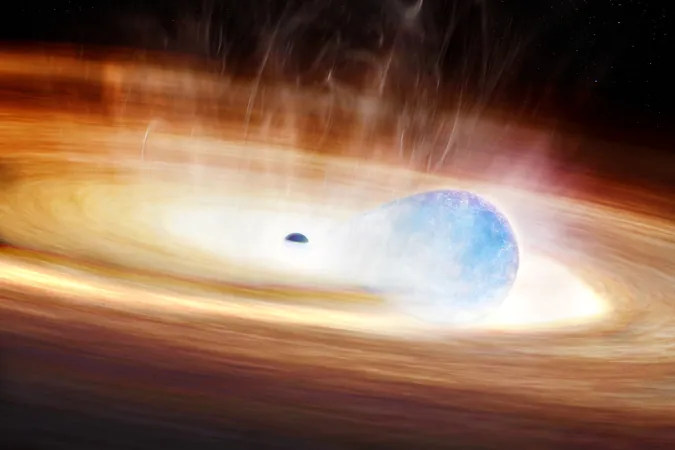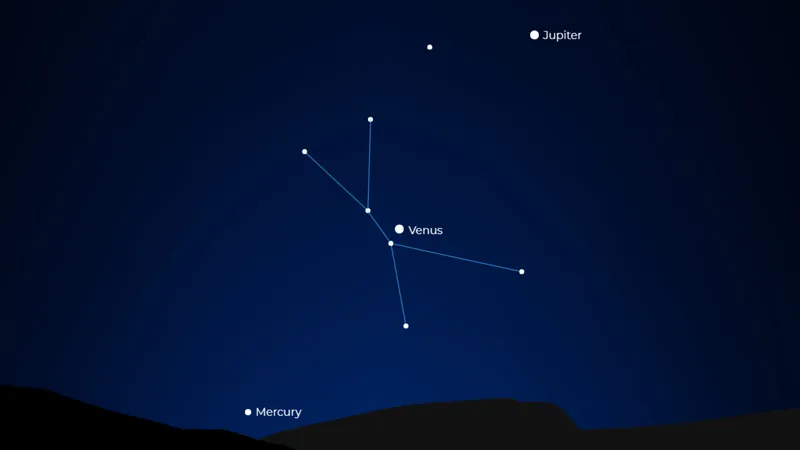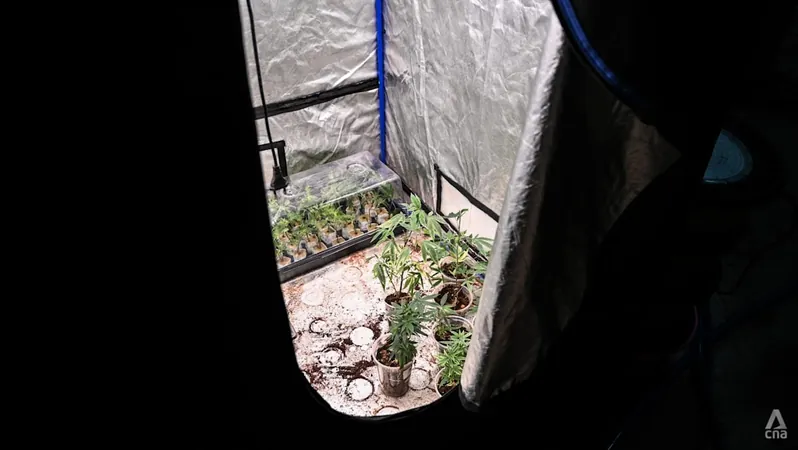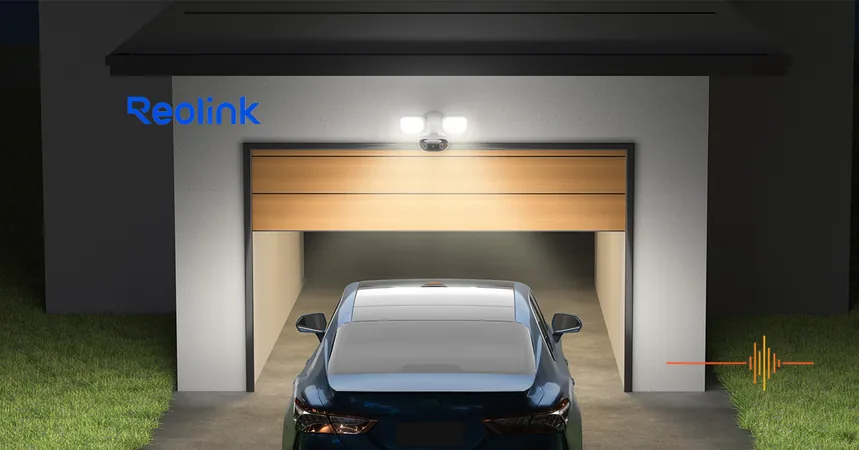
AI Unveils Stunning Stellar Explosion Linked to Black Hole
2025-08-25
Author: Sarah
Revolutionary Discovery in Stellar Astronomy
In a groundbreaking breakthrough, astronomers have utilized artificial intelligence to uncover the explosive death of a massive star entwined with a black hole. This astonishing event, known as SN 2023zkd, was detected in July 2023 through a sophisticated AI algorithm crafted by a collaborative team from the University of California, Santa Cruz (UCSC). Their goal? To identify supernovae—massive stellar explosions—as soon as they occur.
Real-Time Alerts: A Game Changer for Astronomy
Thanks to AI’s rapid processing capabilities, researchers were able to promptly begin follow-up observations, a crucial step in piecing together the complexities of such explosive phenomena. Extensive observations were performed using both ground-based and space telescopes, including notable efforts from the Haleakalā Observatory in Hawaii, part of UCSC’s Young Supernova Experiment (YSE).
A Supernova Like No Other
Ryan Foley, an associate professor in astronomy and astrophysics at UCSC, emphasized the uniqueness of SN 2023zkd, stating, "This supernova is unprecedented and could be extremely rare. AI enables us to spot anomalies much earlier than human capability, which is vital for capturing these ephemeral cosmic events."
The Dramatic Dance of Stars and Black Holes
Researchers suggest that the collision between the massive star and its black hole companion was inevitable, leading to a catastrophic gravitational encounter that ignited the supernova. This was detailed in findings published on August 13 in the Astrophysical Journal, marking a significant milestone in astrophysical research.
A Twist in the Tale: An Unexpected Brightening
Initially resembling a typical supernova with a single flash, SN 2023zkd's behavior took a surprising turn. After months of decline, it unexpectedly brightened again. Analysis showed that this star had been gradually illuminating for over four years before its explosive demise.
Understanding Pre-Explosion Phenomena
The early brightness was attributed to the shockwave interacting with low-density gas, while the second peak occurred due to collisions with a thick, surrounding cloud of debris. This intriguing pattern suggests that the star faced severe gravitational stress from the nearby black hole.
Science Meets Speculation
Foley and lead author Alexander Gagliano had numerous discussions that led to the interpretation of this star-black hole binary system. Initially, the concept that a black hole could trigger a supernova seemed almost like science fiction, but rigorous analysis confirmed their hypothesis.
A New Era for AI in Research
The research draws on a tailored software platform that consolidates data and manages observations, with integrated AI tools enhancing the study’s efficacy. Co-authors include Enrico Ramirez-Ruiz, leading theoretical work at UCSC, and V. Ashley Villar, providing critical AI insights.
Navigating Challenges in Scientific Funding
Despite the groundbreaking nature of this research, Foley expressed concerns regarding funding uncertainties, which are limiting the team’s capacity for innovation and exploration.
Beyond the Stars: The Broader Impact of AI
Foley enthusiastically pointed out the broader implications of their AI-based approach, envisioning potential applications in areas ranging from disease detection to combatting financial fraud, emphasizing the versatility of real-time anomaly detection in various fields.




 Brasil (PT)
Brasil (PT)
 Canada (EN)
Canada (EN)
 Chile (ES)
Chile (ES)
 Česko (CS)
Česko (CS)
 대한민국 (KO)
대한민국 (KO)
 España (ES)
España (ES)
 France (FR)
France (FR)
 Hong Kong (EN)
Hong Kong (EN)
 Italia (IT)
Italia (IT)
 日本 (JA)
日本 (JA)
 Magyarország (HU)
Magyarország (HU)
 Norge (NO)
Norge (NO)
 Polska (PL)
Polska (PL)
 Schweiz (DE)
Schweiz (DE)
 Singapore (EN)
Singapore (EN)
 Sverige (SV)
Sverige (SV)
 Suomi (FI)
Suomi (FI)
 Türkiye (TR)
Türkiye (TR)
 الإمارات العربية المتحدة (AR)
الإمارات العربية المتحدة (AR)